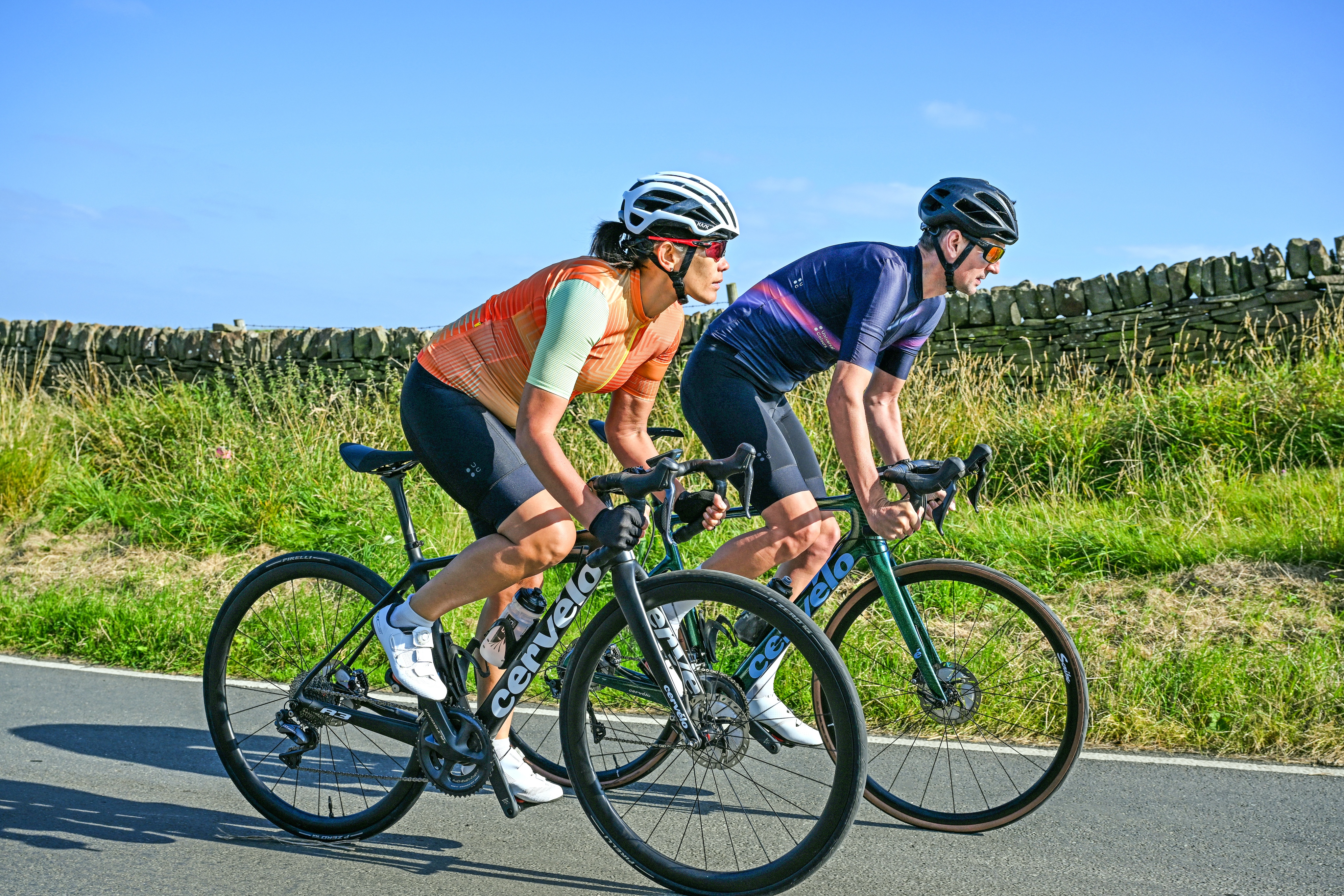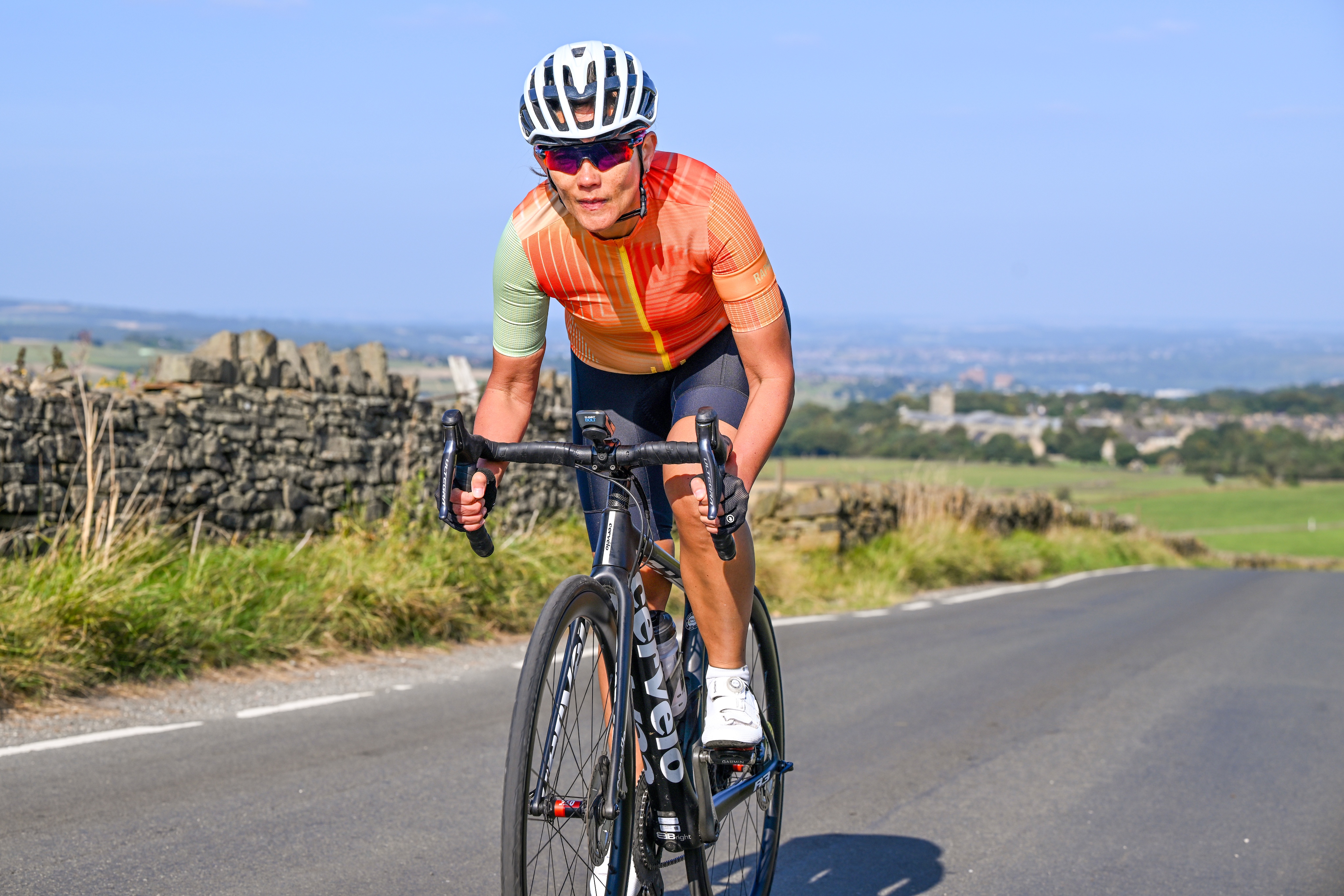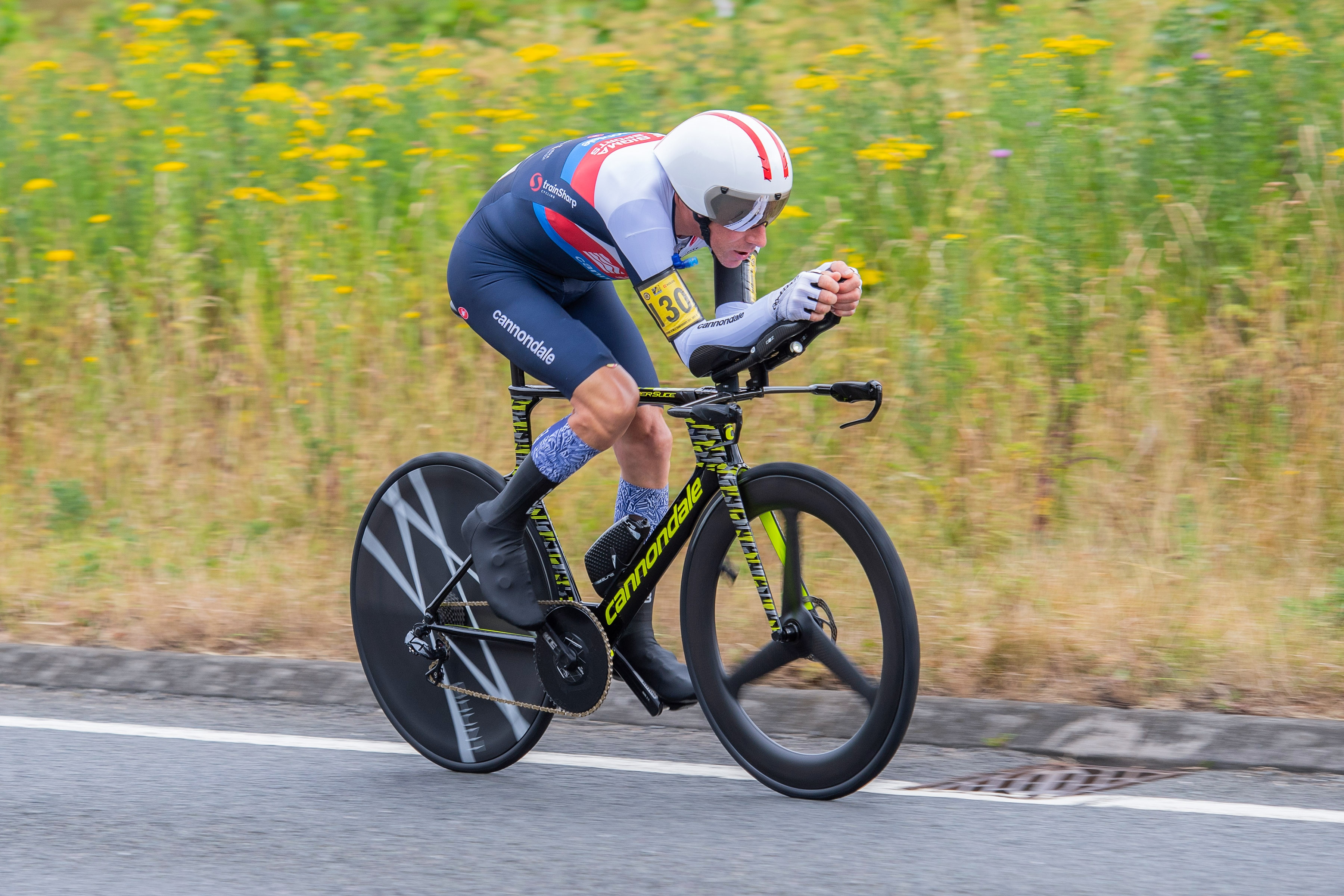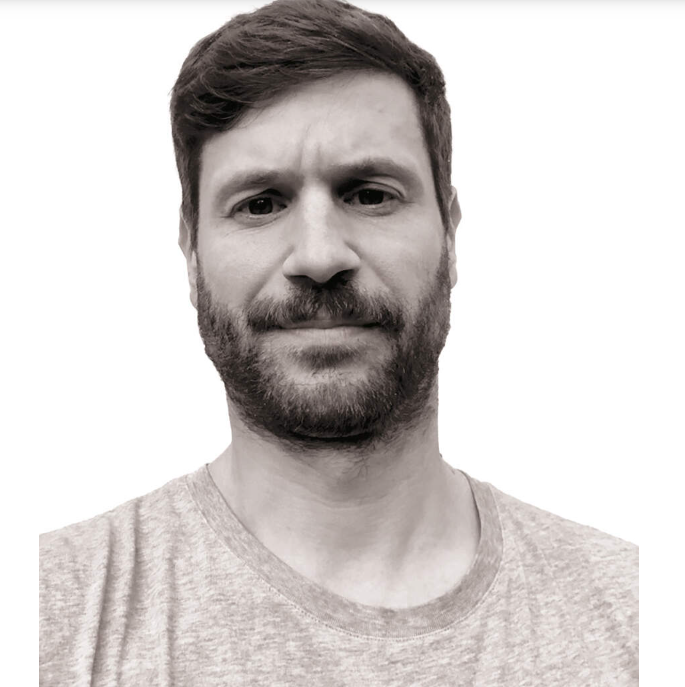I'm about to turn 40 - how can I keep riding fast?
Approaching a landmark birthday, Charlie Graham-Dixon explores how ageing affects cycling performance and what can be done to stay ahead of the curve


We all know that cycling is a ticket to better health, no matter your age. Whether you’re a young racer chasing glory or a seasoned rider whose racing days are behind you, the bike is a boon mentally and physically. But for those of us still pushing the limits – whether in races or just long rides with our mates – there’s no escaping the truth: age eventually catches up with us. What are the changes taking place inside our bodies as the years roll by, and how do they affect our cycling performance? Let’s explore what ageing really means for a cyclist and how to keep striving to stay at our best no matter how many candles on the birthday cake.
The phrase ‘age is just a number’ is bandied around a lot, but as I approach my 40th birthday – a prospect that concerns rather than excites me – I want to understand the physiological effects of ageing. How long can I continue chasing Strava segments, climbing mountain passes, and putting in high-intensity training sessions? When and why does cycling performance begin to deteriorate, and what can be done to slow the inevitable drop-off? My quest to discover the truth calls on the expertise of exercise physiologists and an elite rider still competing in his late-40s.
The max factor
Standout stats
4.3 ml/kg/min: average decline in VO2 max per decade beyond the age of
30 54%: Percentage of competitive male cyclists shown in studies to have low bone mineral density for their age
3-8%: Loss of muscle mass per decade beyond the age of 30 (significantly slower among those who strength-train)
8: Years longer life lived by former Tour de France riders (who competed 1930s-1960s), on average, compared to gene
As a barometer of endurance fitness and performance, VO2 max is widely regarded as the gold standard. Defined as the maximum rate of oxygen uptake of the cardiovascular system – the heart and lungs fuelling the muscles – during exercise, VO2 max is somewhat genetically determined, can be improved by 10-20% through training, and declines with age. For well-trained cyclists, this decline tends to be slow (and non-linear) – less than 5ml/kg/ min per decade from the age of 30, but from about 35 the decline is inexorable.
“As VO2 max is largely driven by cardiac output, it is dependent on how much oxygen the left ventricle pumps per beat,” explains Jamie Pringle, an exercise physiologist at the University of Birmingham. “So when we’re dealing with ageing, we’re dealing with a reduction in cardiovascular function, a loss of functional size and mass of your left ventricle.” When does the heart begin to shrink and lose power? “If you take a population of 20,000 people and plot age against VO2 max,” says Pringle, “you will see a big decrease from 35-40 years old onwards, but that’s the average of the population – not trained athletes and people who regularly do endurance exercise.”
It is reassuring to know that, for us as cyclists, VO2 max declines only slowly, provided we continue to train consistently. Personally, I am yet to notice a decrease in performance. If my power numbers are down, I blame a lack of riding and life stresses. When I’m disciplined in my fitness, my power and ‘snappiness’ returns. I’m aware, though, that now I’m nearly 40, my VO2 max could drop quite dramatically if I were to take a prolonged break from riding.
Muscles and bones
Though we might be able to stave off the steep reduction in VO2 max, there are other physical factors that also begin to decline with age. The loss of muscle mass – sarcopenia, to use the technical term – occurs at 3-5% per decade from the age of about 30. “You are going to lose muscle mass and muscle function,” confirms Pringle, “but if you’re starting at a higher level with good muscle mass, you’re going to have further to fall and be in a better position.” In other words, strength training becomes increasingly important.

Training our muscles can help slow down the decline and prevent injuries. Cycling itself is, of course, a form of resistance training for the legs – particularly on the many short, sharp hills commonly found in the UK. However, cycling is ‘one-dimensional’ in that it works only certain muscles in one direction so it’s not sufficient on its own. “As we age, we lose mass inexorably,” explains Professor Stephen Harridge, a professor of human and applied physiology at King’s College, London. “Strength training and resistance exercise become really important. It is the most effective way of retaining your muscle function, strength and power. Without supplementing your endurance activities with dedicated strength and resistance training, core and functional strength will decline.”
The latest race content, interviews, features, reviews and expert buying guides, direct to your inbox!
A twice-weekly, 45-minute routine of body-weight exercises such as pull-ups, planks and push-ups, which work a variety of muscles, including the core, chest, arms and back, is easily performed at home. Along with body-weight work, squats, lunges and deadlifts, using weights, build strength and power, helping to maintain muscle mass and improve explosivity on the bike. Professor Harridge also recommends weekly jogging or skipping. “As healthy as cycling is, the fact that it’s a low-impact activity means that it’s not good for maintaining our bone density,” he cautions. “Bones need impactful loading activities such as running, jumping or resistance exercises if they are to be prevented from weakening.”
Economy and efficiency
One upside from ageing is the potential for improved economy and efficiency. Our physical strength and capacity may decrease but our bodies continue to get craftier in conserving energy. “By efficiency, we mean how much energy and oxygen the muscles need for an amount of work,” Jamie Pringle explains. “Although your engine size might decrease, your miles per gallon might get better. For an endurance athlete, this gain somewhat makes up for the losses. Case studies have shown that older well-trained runners are more efficient than younger counterparts – it’s associated not just with age but training history too.”
This feeds into the idea that while explosivity might diminish, possessing base fitness can help us sustain higher power numbers for longer, even as we age. This is what makes time trialling a great option for older riders who want to stay competitive.
Recovery and resilience
Another physiological component that changes as we age is recovery. At any age, training stimulus provides stress to the body, which needs time to recover in order to adapt. As we age, changes at a cellular level mean we need longer between sessions or races to recuperate so as to be ready for our next ride or race. Levels of recovery-boosting hormones such as testosterone and human growth hormone also fall away.

Does taking longer to recover also mean injury is more likely? “Rather than being more susceptible to injury, you may find it harder to recover as quickly from injury as you age,” says Pringle. “You don’t bounce back as fast. Conversely, if things like reaction times and balance get worse, you may become more crash-prone. And of course, declining muscle mass and subsequent strength reduction could make recovery from injury take longer.”
Regardless of age, the key principles for maximising recovery remain getting enough good quality sleep – ideally six to eight hours per night, and eating a healthy balanced diet. These are principles every cyclist should observe, but as we become physically less resilient with age, they become ever more important.
Accepting your age
From speaking to experts, a key message emerged: while we may decline physically with age, as cyclists we are still among the fittest members of society. Being slightly slower than we were 10 years ago or no longer beating much younger riders up climbs ought not matter. As we get older, performance should be judged in relation to our own age group. “Many athletes struggle to come to terms with this and fight it,” says Harridge, “but they’re fighting inevitability. It’s not a crime, you’re not doing anything wrong, it’s just how it is.”
All of us – even Tadej Pogačar and Wout van Aert – will eventually get slower, lose some explosive power and need more recovery time between hard rides. But the health benefits that cycling brings are enormous, and while we may not defi nitely live longer than non-exercisers, we’re likely to be healthier and have a greater quality of life. “Exercise, fitness and its health benefits are what give us greater strength, power and functionality reserves,” concludes Harridge. “This gives us greater independence and a better quality of life. It’s about healthspan not lifespan. Who wants to live for years in a poor state of health? The real question should be: how long can you be healthy, functional, independent, active and enjoying life?”
Still fast at (nearly) 50

At 49, Chris isn't slowing down, yet
At 49, Chris McNamara is still an elite-level racer, lighting up National B road races and beating riders 20 years his junior. The Sigma Sports-Cannondale RT rider is also an experienced coach whose charges include EF Education– EasyPost rider James Shaw.
What differences have you noticed in your racing performance as you’ve grown older?
Having lost some explosiveness, I race in a different way. Now I try to get away before the climbs to get a gap. You learn to use your strengths differently. You can keep improving your sustainable power, FTP and repeatability year on year if you train consistently. Repeatability and fatigue resistance is vital in the third hour of races.
How has your recovery changed?
It’s certainly slowing down. These days, if I have a hard race on Sunday, I’ll still be feeling it on Monday and Tuesday, and probably won’t do a hard session until Wednesday. When I was younger, I would do a light recovery spin on Monday and be ready to race again by Tuesday. I bounced back quicker. As you age, you can still do the same high volume but you might substitute one or two hard sessions for longer endurance rides.
Have you noticed similar trends in your coached riders?
Yes, my younger riders bounce back so much faster. A rider aged 35-40 takes longer to rebuild fitness after a break. Then again, riders of my age probably haven’t got as busy a social life as younger riders. I used to go out a lot more and enjoy a few drinks after a race. I don’t do that as much now, so recovery is easier. Sleep too is so important for well-being and energy levels.
Do you do gym work too?
I have osteoporosis, so I try to. As I have an underlying back injury, I try to do three sessions a week in the winter: free weights, squats, and walks with a weighted jacket.
How does your current VO2 max compare with your younger years?
I think I’m an outlier because mine has stayed high. It’s still in the mid-70s [ml/kg/min] – barely any lower than it was in the mid-Nineties. I’m sure it will decline eventually but not yet!
Do you worry about physically declining?
Yes I do! That’s probably why I train with more discipline than when I was younger. I really enjoy training and racing, and I know I won’t be able to do it forever. It’s nice when you can be in a break and be aggressive, and I want this to go on as long as possible.
Any advice for older riders?
Consistency. As you get older, it gets harder to come back from a break. Keep doing those hard explosive eff orts, VO2 intervals, anaerobic eff orts along with longer endurance rides. If you stop doing those for one or two seasons, it’ll be hard to get back to your level. When I coach older riders, I tend to give them a shorter end-of-season break. It’ll be more of a ticking-over maintenance phase before getting back into it. For a rider in their 40s or 50s, it would take three or four months to get back to normal fi tness after a twomonth break.
Charlie Graham-Dixon is a freelance journalist and keen road rider based in London.
